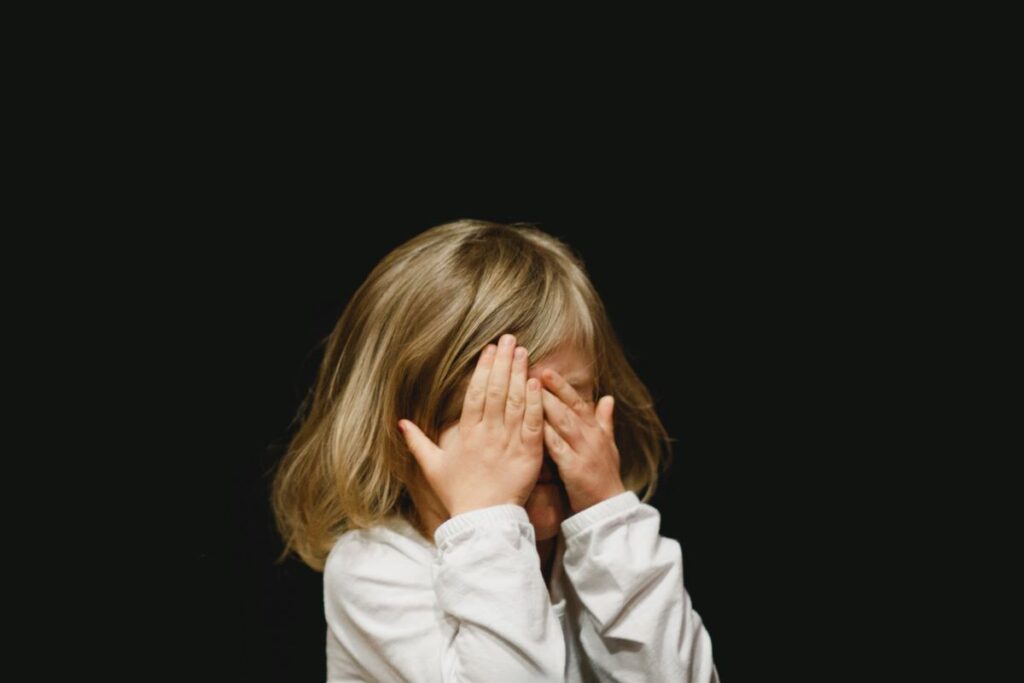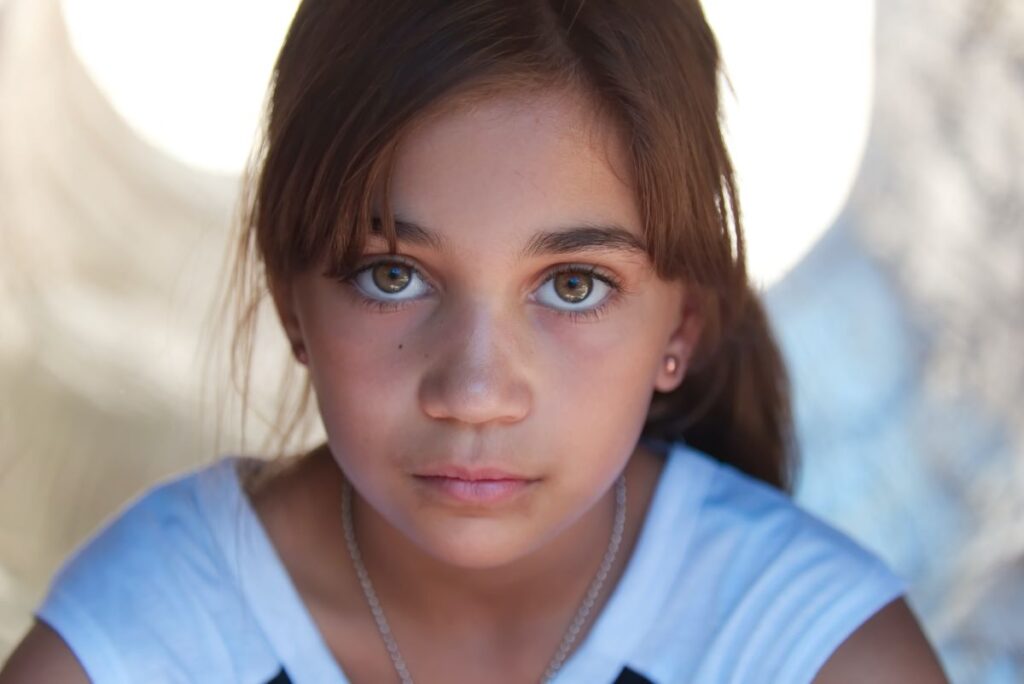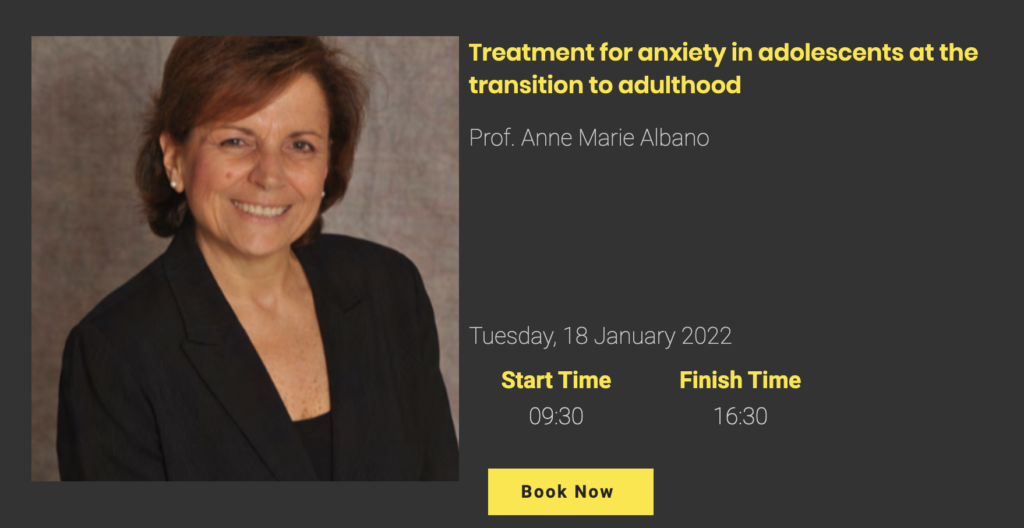
Anxiety disorders affect approximately 6.5% children and young people (Creswell et al., 2020), making them some of the most prevalent mental health difficulties in childhood (Polanczyk et al., 2015). One of the most robust predictors of anxiety in children is having a parent with an anxiety disorder (Creswell et al., 2020).
In this article the authors are interested in the parent and family environment correlates of the development and maintenance of anxiety in children and young people; and how these can be treated using evidence-based talking therapies such as Cognitive Behavioural Therapy (CBT). Some CBT approaches involve parents more actively in treatment than others. However, the current evidence has not been able to confirm that the involvement of parents in treatment leads to improved outcomes, compared to child CBT without parental involvement. Indeed, the Mental Elf has highlighted previously that the involvement of parents in addition to child CBT was not found to add clinical benefit; [CBT plus mother-child interaction for anxiety disorder and Parental involvement in CBT for anxiety disorders: a help or a hindrance?]
This systematic review and meta-analysis sought to understand this counter-intuitive finding and asks the questions: “If specific aspects of parenting link so clearly to youth anxiety, what do we make of the fact that involving parents more actively in treatment does not appear to improve outcomes? Are we targeting the wrong family features, using the wrong strategies to get at them, or perhaps not addressing them with sufficient intensity?”
An empirical framework was developed to evaluate the theoretical family and parenting constructs thought to contribute to anxiety in children and young people. Based on the extant literature the theoretical framework included five key constructs:
- Overprotection/overcontrol/intrusiveness, parents attempt to manage or direct the child’s thoughts, feelings and behaviours, resulting in a reduction of the child’s sense of control;
- Anxious cognitive style, parents believe that the child’s world is full of threats that their child is unable to manage and where their child’s difficulty in managing these challenges is seen as a failure in their parenting;
- Anxious modelling, where the parent’s anxiogenic cognitions and behaviours are adopted by the child over time;
- Hostility/criticism, parenting associated with low levels of warmth and high levels of hostility or criticism;
- Symptom accommodation, the process by which parents modify routines, behaviour, and expectations of the child to diminish or avoid the distress caused by a potentially anxiety provoking situation.
The review had four different research aims, this blog will report on two of them:
- An examination of the theoretical parenting mechanisms targeted in the interventions, and
- A meta-analysis of studies comparing the efficacy of CBT vs. CBT + Family/parent involvement (FAM).

It is unclear why involving parents in CBT for children with anxiety does not confer an advantage over approaches that do not involve parents.
Methods
The article conducted a systematic search in the PsycINFO database and the PRISMA guidelines were followed. The criteria for inclusion in the review were:
- Randomised controlled trials (RCTs) that compared CBT to CBT augmented with systematic incorporation of a family or parenting (FAM) component. CBT + FAM was defined as including at least one family session devoted to teaching parents skills
- Publication in English, in peer-reviewed journals
- Participant age (under 17 years).
The references lists of review articles that were identified in the search were also screened for eligible studies. Study eligibility was double reviewed and data was double extracted with 100% agreement.
The studies identified in the systematic review were evaluated for the presence or absence of content relating to the theoretical framework.
Meta-analyses were subsequently conducted on the child’s anxiety outcomes and the parent/family outcomes. Random-effects models were conducted in Comprehensive Meta-Analysis Version 3 software. Standardised mean difference from pre-to-post-treatment between CBT+FAM and CBT were computed and effect sizes were indexed using Cohen’s d.
Results
Systematic review
The systematic review identified 11 trials comparing CBT to CBT+FAM in total; all trials reported on anxiety outcomes in children, but only 6 of these trials reported on parenting/family outcomes.
Targeted theoretical parenting mechanisms
All studies identified in the search targeted at least one of the five main parenting mechanisms defined in the theoretical framework:
- The most commonly targeted theoretical construct in the CBT + FAM group was anxious cognitive style (9/11)
- Approximately half of the studies targeted overprotection/overcontrol/intrusiveness (6/11), hostility/criticism (6/11), and anxious modelling (5/11)
- Only one study targeted accommodation.
Meta-analysis CBT vs. CB+ FAM
The overall effect sizes for child anxiety outcomes and parenting/family outcomes comparing CBT+FAM and child only CBT trials were small and non-significant. This suggests that CBT treatment approaches augmented with FAM treatment did not confer an advantage over child only CBT.

The effectiveness of child only CBT and CBT with parent involvement were not significantly different for child anxiety outcomes nor parenting / family outcomes.
Conclusions
The authors conclude that the therapeutic approaches described in interventions involving parents can be mapped to major mechanisms described in the literature. They also highlight that few studies include outcome measures to monitor parenting/family mechanisms pre and post intervention, a methodological shortcoming that needs to be addressed in order to assess the impact of parent involvement in treatment.
The involvement of parent/family approaches in treatment did not confer an advantage over child CBT alone. This null finding may be due to low sample size. Too few studies were identified in the search to explore which family and parenting theoretical targets for intervention were associated with better anxiety outcomes, therefore the study was unable to make any conclusions as to ‘why’ parent involvement did not improve anxiety outcomes in children.

The importance of parent involvement in child anxiety treatment remains to be determined.
Strengths and limitations
The relatively small number of eligible trials was a limitation for this article. The inclusion criteria for the systematic review were narrow, focussing exclusively on RCTs that compared CBT vs CBT+FAM head-to-head. Furthermore, the search strategy was only conducted in one database, therefore it is possible that some articles may have been missed in the review.
A real strength of this study was a desire to map the theoretical constructs underlying parent/family factors that may be involved in the emergence and maintenance of child anxiety problems, however it’s a shame the authors weren’t able to use these findings to inform the subsequent meta-analysis. Moderator meta-analyses grouping studies by theoretical mechanism may have helped shed some light on which mechanisms had an impact on child anxiety, however this was not possible due to a small number of eligible studies.
The most common criticisms of meta-analyses are that they are like comparing ‘apples with oranges’, and that the results are dependent on the quality of the included trials; ‘garbage in, garbage out’. The authors reported that the outcome measures combined in the meta-analysis were very varied. Combining different outcome measures is feasible, however it is not advised if the underlying constructs of the outcome measures are not comparable (e.g. are parent beliefs, family functioning, overprotection, conflict – the same or distinct constructs?). This ‘fruit salad’ approach to combining outcome measures may account for the null findings. Additionally, this meta-analysis did not include a risk of bias analysis, which helps evaluate the quality of trials and mitigate against the inclusion of poor-quality trials in the analysis.
The implicit assumption in the article is that the outcomes of anxious children (who have been raised by anxious parents) can be improved by treating parental anxiety or modifying the family anxiogenic environment. However, there is no report of parent anxiety (traits or diagnoses) in the article, and it is unclear whether the individual RCTs included in the systematic review and meta-analysis screened for parental/family anxiety. If the individual RCTs included non-anxious parents, it is perhaps unsurprising that addressing parent/family anxiety as part of treatment had no noticeable effect.

Granular approaches to understanding the most effective targets for family/parenting factors are needed, but too few studies were available to evaluate the evidence
Implications for practice
CBT treatment for children and young people with anxiety appears to be equally effective with and without family/parental involvement. This suggests that it is appropriate to offer both approaches to patients under the age of 17. In deciding which approach to offer it would be helpful to consider the child’s age and developmental level, as well as the child’s preferences. It’s likely that treatment adherence and engagement can be improved if the child feels their voice is heard and that their views are considered during treatment. I would hypothesise that this may be a greater predictor of treatment success than parental involvement in childhood.

Treatment with and without family / parental involvement should be offered to children and young people with anxiety.
Treatment for anxiety in adolescents at the transition to adulthood – webinar with Prof Anne Marie Albano, 18th Jan 2022
This review focussed on children up to the age of 17. It is likely the nature of parental involvement in treating anxiety needs to change as the child transitions to adulthood. Bespoke Mental Health are hosting a webinar on the 18th January 2022 with Prof. Anne Marie Albano on evidence-based approaches to managing anxiety during this transition. Prof. Anne Marie Albano will discuss the Launching Emerging Adults Program (LEAP), a model integrating the core components of effective CBT for anxiety in adolescents and young adults with novel components designed to address patient-caretaker dependency, role transitions, and attainment of behaviours necessary for independent functioning within the contexts that are unique to this developmental age.
Statement of interests
None
Links
Primary paper
Peris, T. S., Thamrin, H., & Rozenman, M. S. (2021). Family intervention for child and adolescent anxiety: A meta-analytic review of therapy targets, techniques, and outcomes. Journal of affective disorders, 286, 282-295.
Other references
Creswell, C., Waite, P., & Hudson, J. (2020). Practitioner Review: Anxiety disorders in children and young people–assessment and treatment. Journal of Child Psychology and Psychiatry, 61(6), 628-643.
Ginsburg, G.S., Silverman, W.K., Kurtines, W.M., 1995. Family involvement in treating children with anxiety and phobic disorders: A look ahead. Clinical Psychology Review 15, 457–473.
Polanczyk, G.V., Salum, G.A., Sugaya, L.S., Caye, A., & Rohde, L.A. (2015). Annual research review: A meta-analysis of the worldwide prevalence of mental disorders in children and adolescents. Journal of Child Psychology and Psychiatry, 56, 345–365.
Photo credits
- Photo by Eye for Ebony on Unsplash
- Photo by Caleb Woods on Unsplash
- Photo by Barefoot Communications on Unsplash
- Photo by Hadija Saidi on Unsplash
- Photo by Hassan OUAJBIR on Unsplash
- Photo by Andrew Coop on Unsplash

